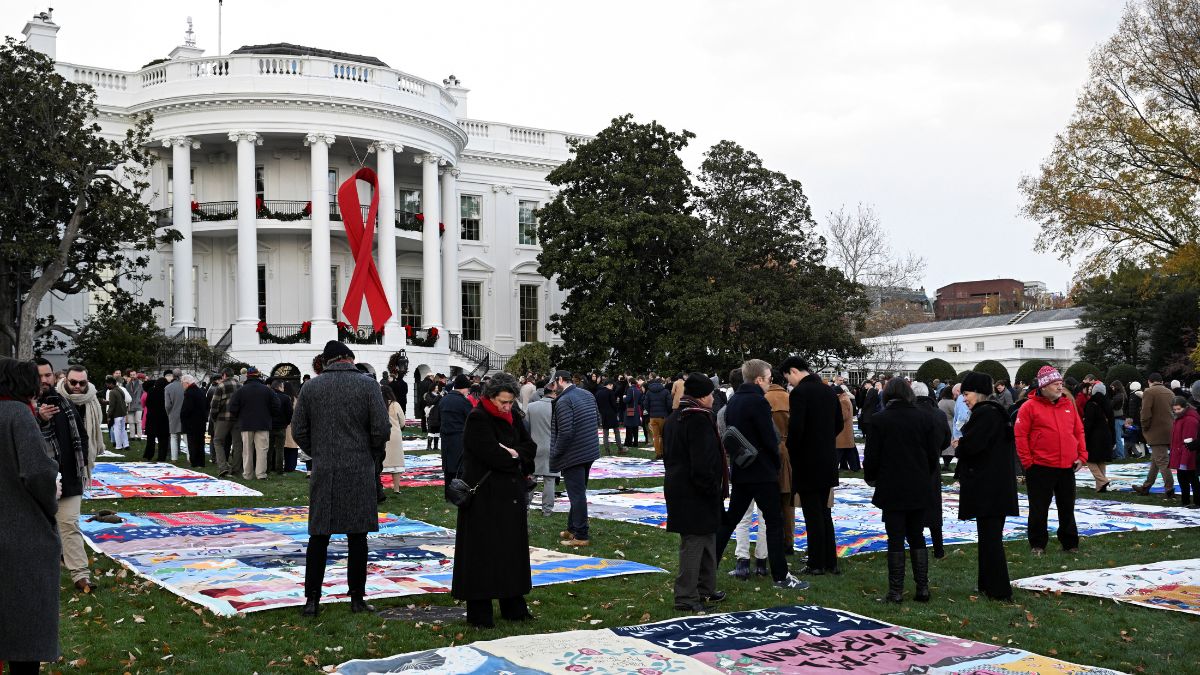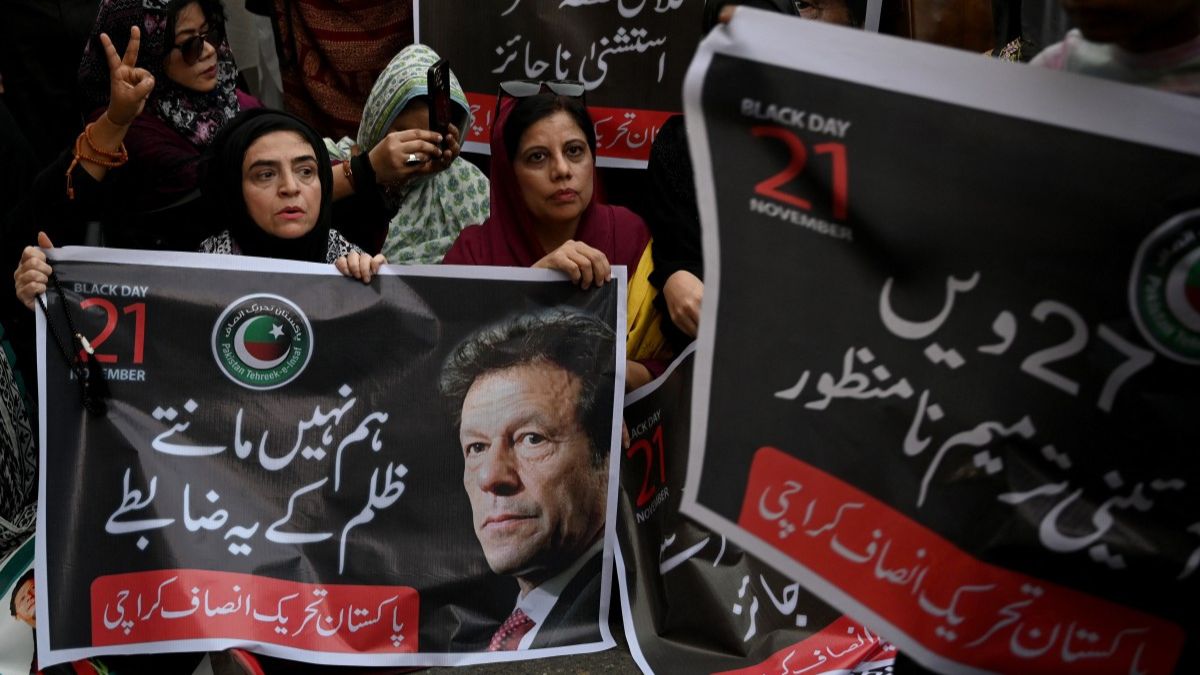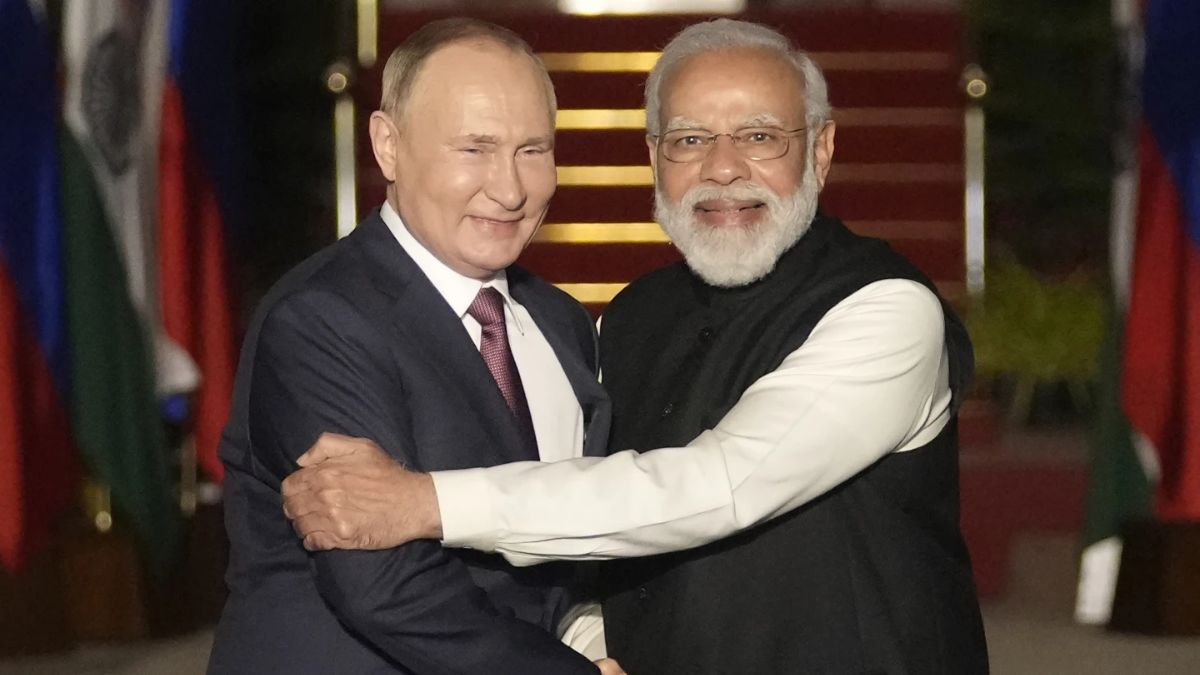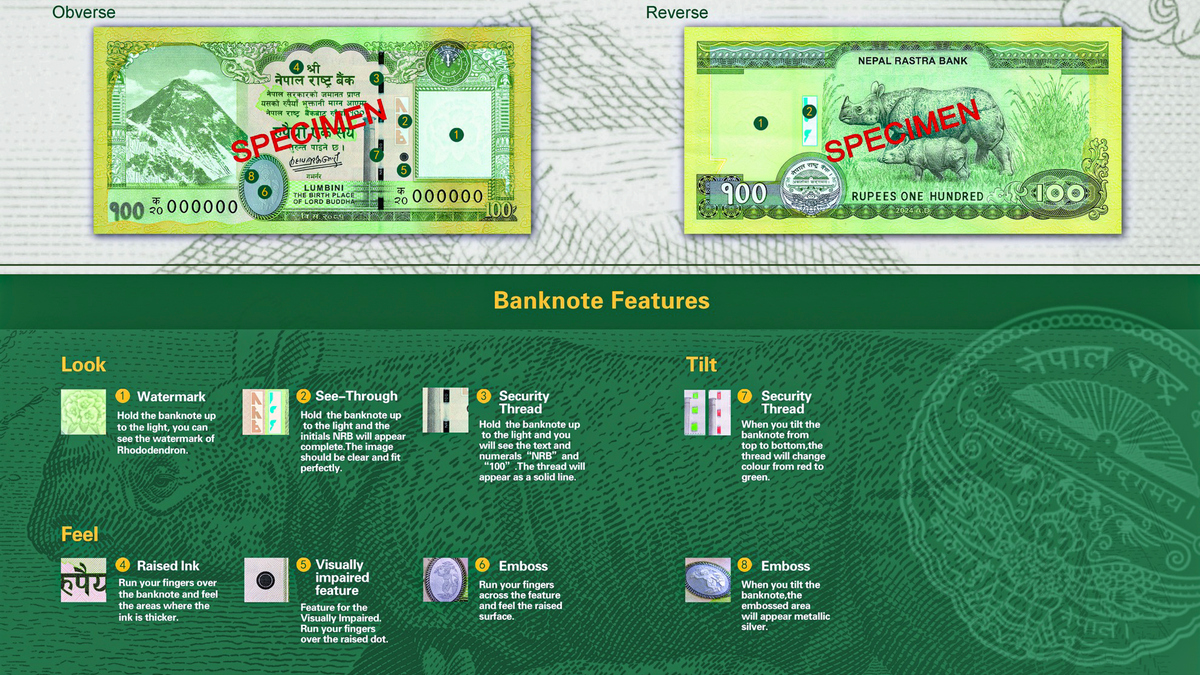For more than three decades, the United States has acknowledged December 1 as World Aids Day, using it as a fixture on the public health calendar to reflect on the lives lost to Aids, highlight global progress against HIV, and signal US leadership in the worldwide fight against the virus.
This tradition, which began in 1988 and continued under both Democratic and Republican administrations, has now been halted.
What we know
This year, the US State Department recently circulated internal guidance directing its staff and grantees not to use federal funds, official communication platforms, or agency events to observe World Aids Day.
The instruction makes clear that the prohibition applies to all public-facing content, including social media posts, press interactions, speeches, newsletters, and other messaging.
While the guidance allows officials to attend externally organised gatherings, it prohibits them from delivering remarks at such events or promoting their participation online.
According to the communication, the change is part of a broader rule intended to restrict federal messaging about all commemorative observances.
The order stands out because World Aids Day has been recognised by every US administration since the late 1980s.
Even during periods of political disagreement over HIV funding and public health priorities, the US government maintained an official presence, often using the day to outline global progress or reaffirm support for key programmes such as the President’s Emergency Plan for Aids Relief (PEPFAR).
PEPFAR releases its annual data to Congress around this time each year. However, with the new restrictions, it is unclear whether the State Department will adhere to the usual timeline for presenting those metrics.
Several public health observers say this uncertainty compounds the anxiety already surrounding the future of US global HIV programming.
Emily Bass, a writer and long-time reporter on HIV/Aids responses, and the first to publicly reveal details of the policy change, expressed concern over the opacity surrounding the data release, telling the The New York Times, “We have been waiting for those data for a year.”
She added that the figures carry particular weight this year because of disruptions and funding uncertainties that have affected PEPFAR throughout the past cycle.
What Washington’s defence is
US State Department spokesperson Tommy Pigott defended the administration’s decision by emphasising a shift in approach.
In comments to The New York Times, he stated, “An awareness day is not a strategy. Under the leadership of President Trump, the State Department is working directly with foreign governments to save lives and increase their responsibility and burden sharing.”
However, the administration’s decision is also notable because public statements and proclamations continue for numerous other commemorative events.
In the past year, the White House has acknowledged occasions such as World Autism Awareness Day, World Intellectual Property Day, National Manufacturing Day, Anti-Communism Week, and National Energy Dominance Month.
Critics question why World Aids Day — an observance with bipartisan support for more than 30 years — was singled out.
A senior administration official, speaking to reporters, pointed to the origins of World Aids Day as part of the World Health Organisation’s efforts.
Given that President Donald Trump withdrew the United States from the WHO on his first day in office, the official suggested that the new position aligns with the administration’s broader stance toward the UN health body.
How HIV/Aids advocates reacted
Peter Staley, a veteran HIV/Aids advocate and co-founder of PrEP4All, said the move was deeply unsettling, told The New York Times. “It just seems petty and hostile, frankly.”
He added that the decision evoked painful memories of the early years of the epidemic, remarking, “It just felt very reminiscent of the Reagan administration.”
At a time when many in the HIV community believe sustained communication and leadership are essential to preventing backsliding, the decision to halt World Aids Day messaging has been seen as a symbolic retreat from commitments the US had maintained for decades.
Lawmakers expressed their own distress. US Representative Mark Pocan of Wisconsin, who leads the Congressional HIV/Aids Caucus, condemned the policy, arguing that the absence of messaging is inherently harmful.
His response stated. “Silence is not neutrality; it is harm.” In his statement, he called for an immediate reversal and a renewed commitment to fighting HIV/Aids.
In the 1980s, US leadership was widely criticised for insufficient action and silence at a time when HIV was claiming thousands of lives. Many activists view public recognition as a critical piece of accountability and awareness-building, even if symbolic.
How this plays into Trump 2.0
Earlier this year, the White House froze foreign aid, disrupting projects tied to HIV prevention, treatment, and care in multiple regions.
International modelling studies estimate that reductions by the US and other major donors could lead to an estimated 10 million additional HIV infections, including one million among children, and three million more deaths in the next five years.
This projection has been cited repeatedly by global health organisations as an urgent warning. The US has traditionally served as the chief financier for the global HIV response.
According to UNAIDS, cuts to foreign aid have already led to treatment shortages, disruptions in prevention programmes, and loss of life.
In a report issued earlier this year, the agency stated plainly that the reductions had killed people, deprived millions of lifesaving medicine, and forced the global HIV response into what it called “crisis mode”.
The most visible symbol of America’s historic leadership is PEPFAR. Launched in 2003 under US President George W Bush, PEPFAR has been credited with preventing 25 million early deaths.
Yet the programme’s budget faced substantial reductions this year, and further cuts have been proposed.
Some reporting has indicated that the administration is considering ending PEPFAR entirely — an issue that remains unresolved.
With PEPFAR playing a central role in treatment access across more than 50 countries, even uncertainty about its future affects policy planning, staffing, and long-term treatment reliability.
What this means for US’ fight against Aids
World Aids Day first came into being under the World Health Organization in 1988.
In the US, the observance took root in the early 1990s, gaining formal recognition in 1993 when US President Bill Clinton issued the first presidential proclamation.
Over the years, public events, panels, statements, and awareness campaigns became central to US participation.
Last year, US President Joe Biden hosted the first White House display of quilt panels from the Aids Memorial Quilt, honouring more than 110,000 lives lost. It was widely viewed as a symbolic gesture reinforcing the US’s place in the global remembrance of the epidemic.
This year’s reversal therefore carries more than logistical consequences. It signals a philosophical shift in how the administration sees its role in symbolic public health advocacy and global disease responses.
What next?
Although the State Department’s original message contained nuanced instructions, including permission to highlight ongoing infectious disease work, the direction reportedly lost detail as it spread through other federal entities.
For instance, an internal email circulated by the Centers for Disease Control and Prevention (CDC) reiterated the prohibition on messaging but omitted the clarification that employees were still permitted to highlight non-commemorative work and refer to HIV as a serious disease.
Such inconsistencies have caused confusion, prompting some observers to wonder whether the internal guidance was fully coordinated across federal health agencies.
These gaps matter because large portions of PEPFAR’s implementation are managed through CDC-led projects abroad, and unclear communication can lead to delays or unintentional policy breaches.
Also Watch:
With inputs from agencies


)

)
)
)
)
)
)
)
)



